OPEN LABORATORY SESSION USING ACTIVE TEACHING METHODS
On October 30, 2023, at the Department of Pharmacognosy, from 9.00 to 10.50, an open laboratory lesson was held using active methods of interactive TBL training on the topic "Analysis of medicinal plant raw materials containing essential oils (acyclic, monocyclic and bicyclic monoterpenes)", for 3rd year students, groups V-PhKA-02-01, educational program 6B10106 "Pharmacy". The lesson was conducted by senior teacher Z. E. Ibragimova During the laboratory session, students acquired the skills necessary for conducting analytical work. The assimilation of the material was formed from interrelated questions that reveal the content of the topic on which the lesson plan was drawn up.
Students answered questions on the characteristics, classification, physico-chemical properties of flavonoids as biologically active substances, distribution in the plant world, the presence in organs and tissues, the dynamics of formation in plants, the features of drying, storage and preparation of medicinal plant raw materials (MPRM), the use of drugs, the pharmacological activity of drugs containing this group,biologically active substances, as well as about side effects.
Students identified the types of medicinal plant raw materials, indicated their names in three languages: Kazakh, Russian, Latin.
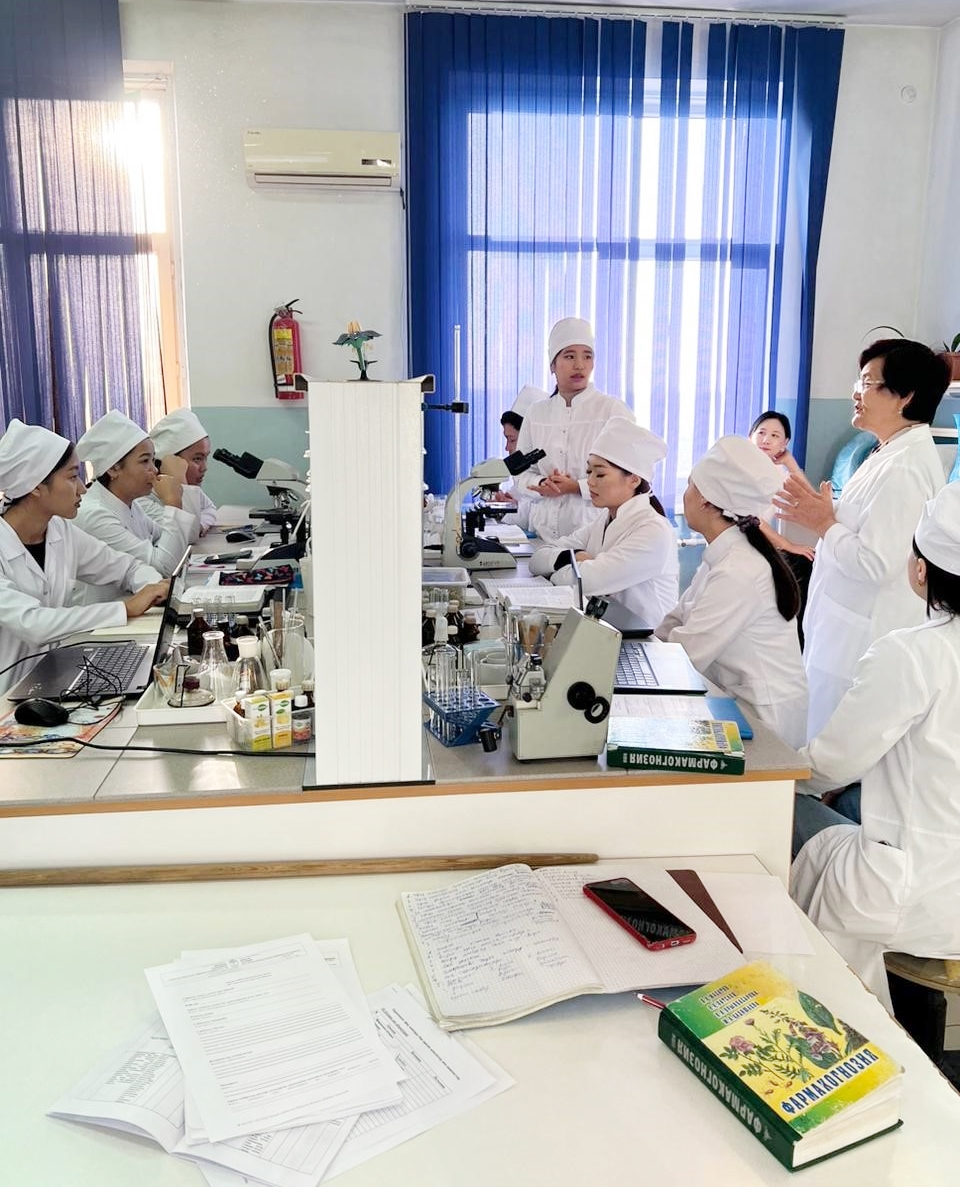
A video clip "medicinal plant raw materials containing essential oils" was shown on the topic.
Intellectual games, a quiz game "Choose the right MPRM" were used to consolidate knowledge.
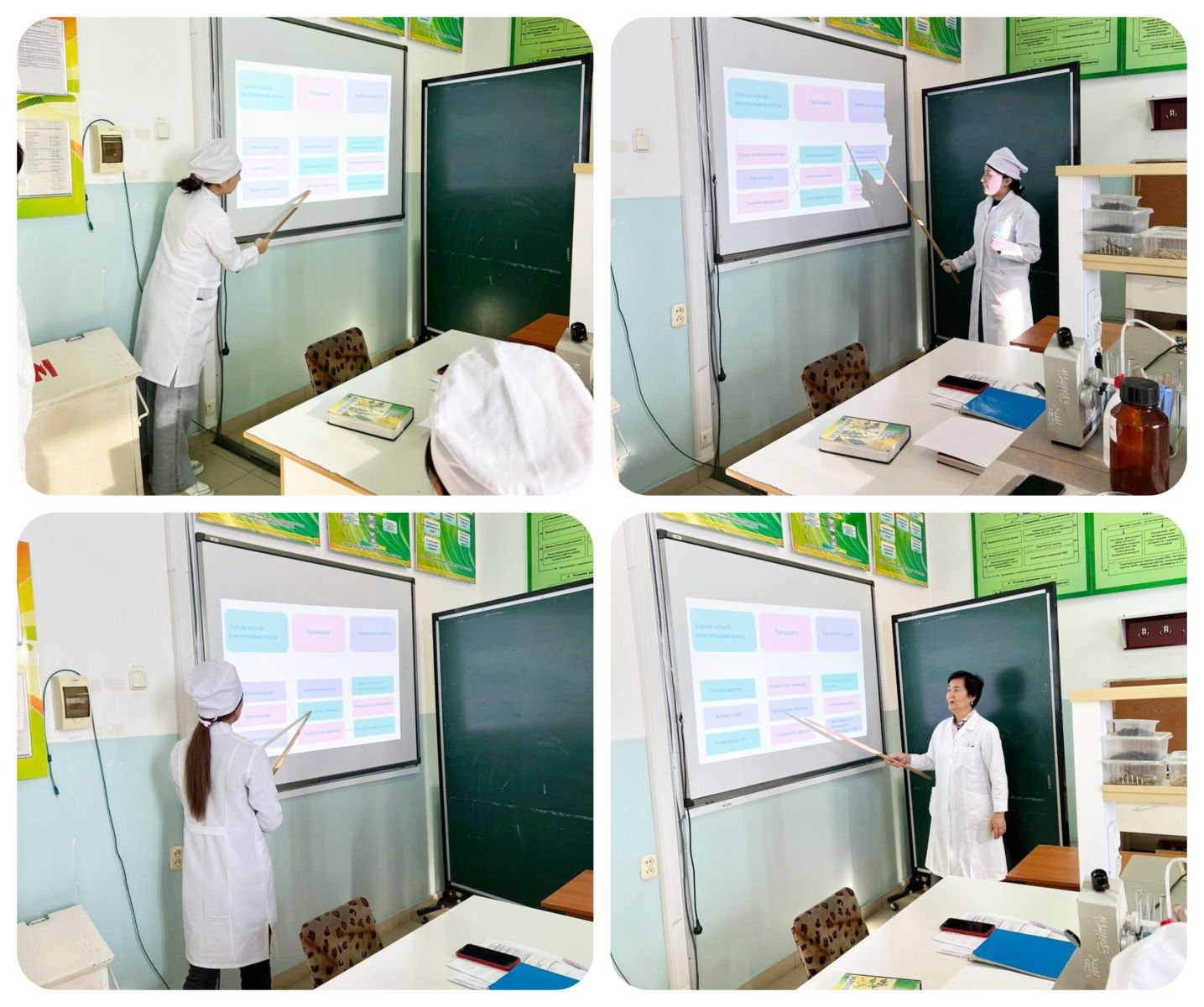
Summarizing the theory of medicinal plant raw materials containing essential oils, the students showed laboratory work in practice.
At the laboratory lesson, the students were divided into two subgroups and solved situational problems. The name and genus of medicinal plant raw materials of medicinal plants were voiced on the model of the herbarium in Kazakh, Russian, Latin languages, they gave a botanical description, also showed the geographical distribution of the medicinal plant, the place of growth.
During the lesson, chemical utensils, installations, reagents, microscopes, a refractometer were used. Microscopic analysis revealed anatomical and diagnostic signs of medicinal plant raw materials.
Essential Oil Analysis:
Organoleptic analysis of peppermint oil (color and transparency, smell, taste) was carried out in accordance with the requirements of the State Pharmacopoeia RK Volume 1.
Fatty oils and emboldened esters in essential oils according to the State Pharmacopoeia RK.
According to the State Pharmacopoeia RK, the residue after evaporation of essential oils.
Extraneous esters in essential oils according to the State Pharmacopoeia RK.
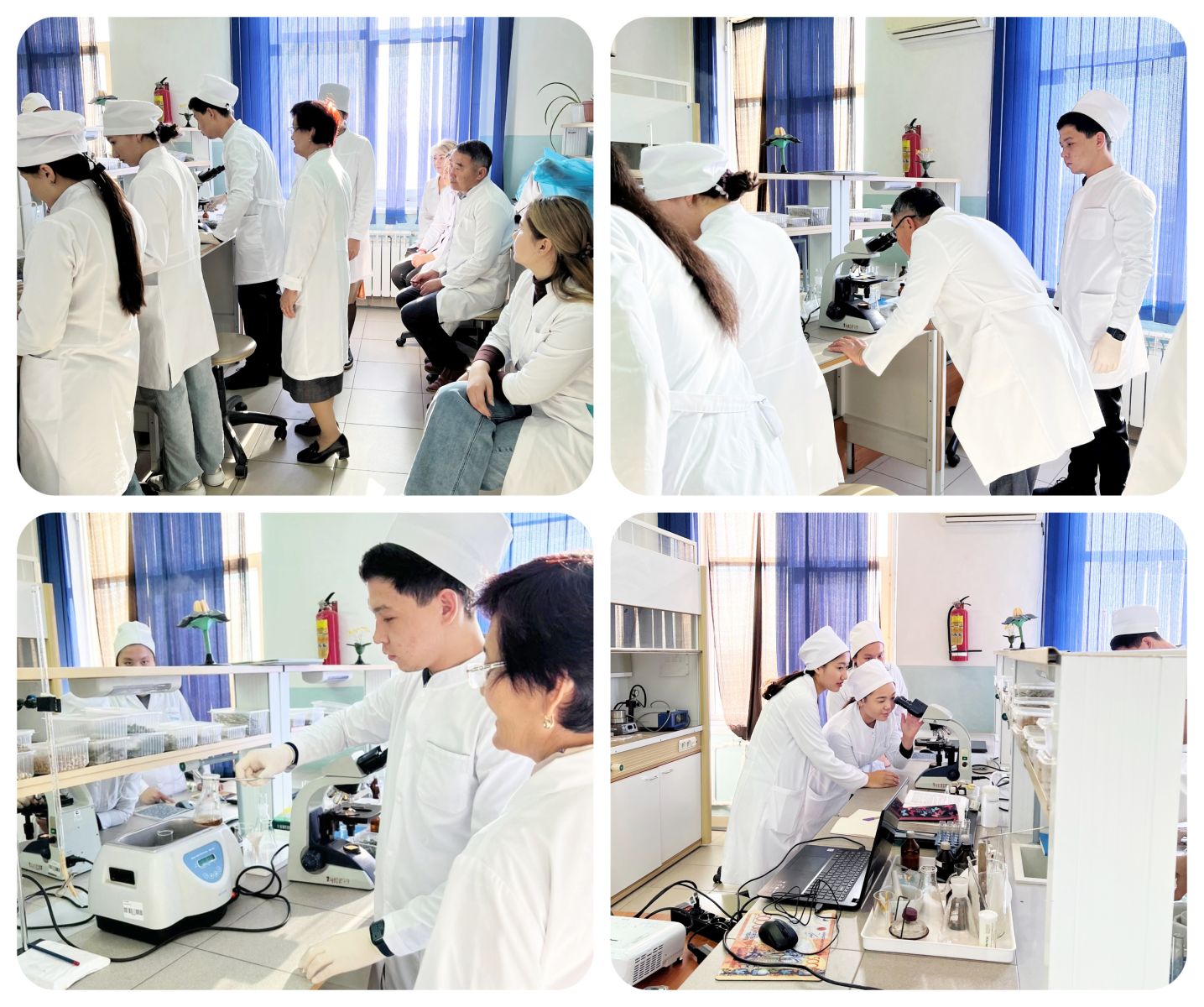
The frequency of mint oil was determined (absence of alcohol, fatty and mineral oils).
The physical parameters of mint oil have been determined.
Refraction of light. The refraction of the light beam was determined on a refractometer. Before starting work, the refractometer n = 1.3330 at 20 ° C. tested with water with an indicator.
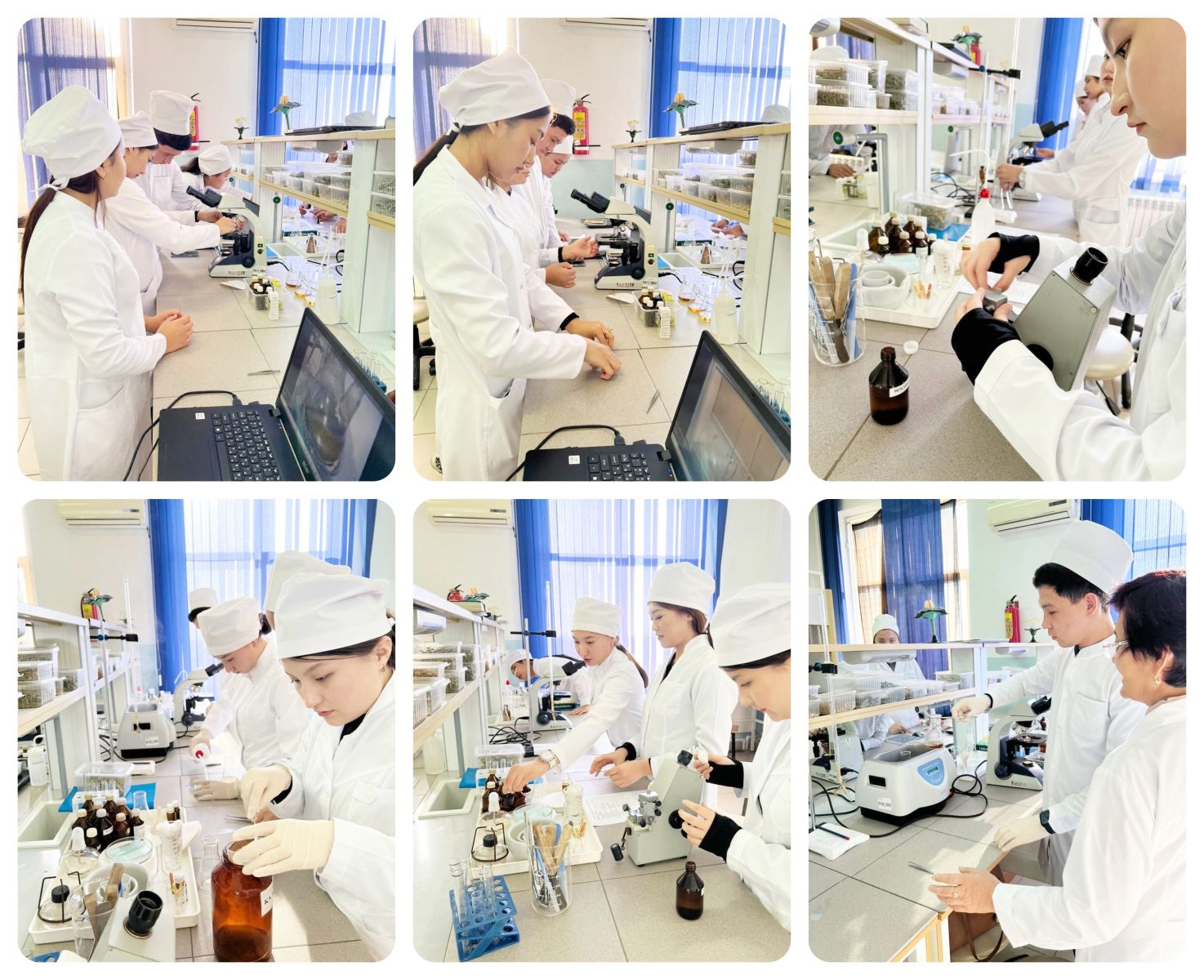
At the end of the laboratory work, the students explained which of the two methods is most effective for determining the qualitative composition of MPRM.
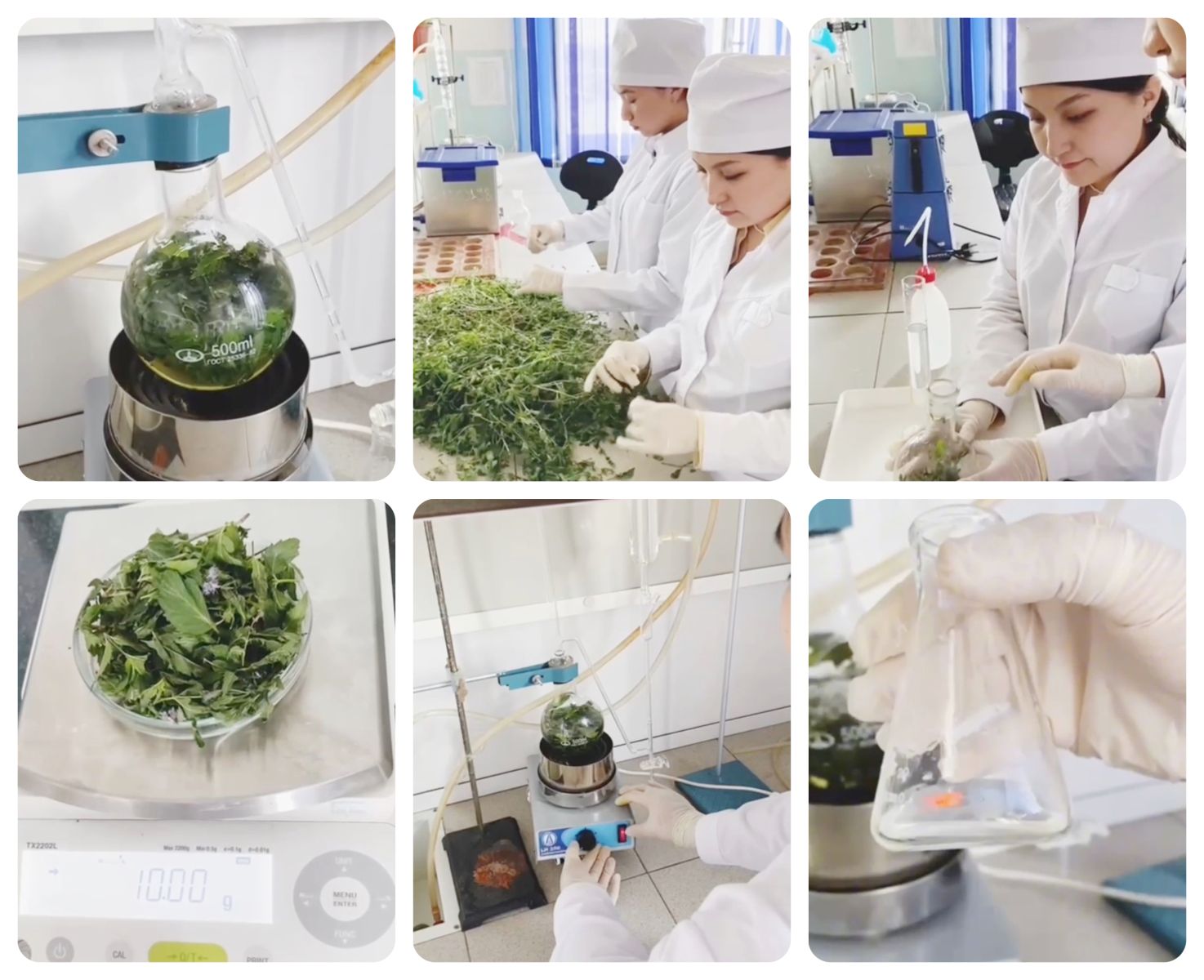
Laboratory work was carried out outside of classes, since the laboratory session lasted 2 hours, quantitative determination methods require a lot of time. The results of the completed works were presented in the video, which in turn contributed to a better understanding of the new topic.
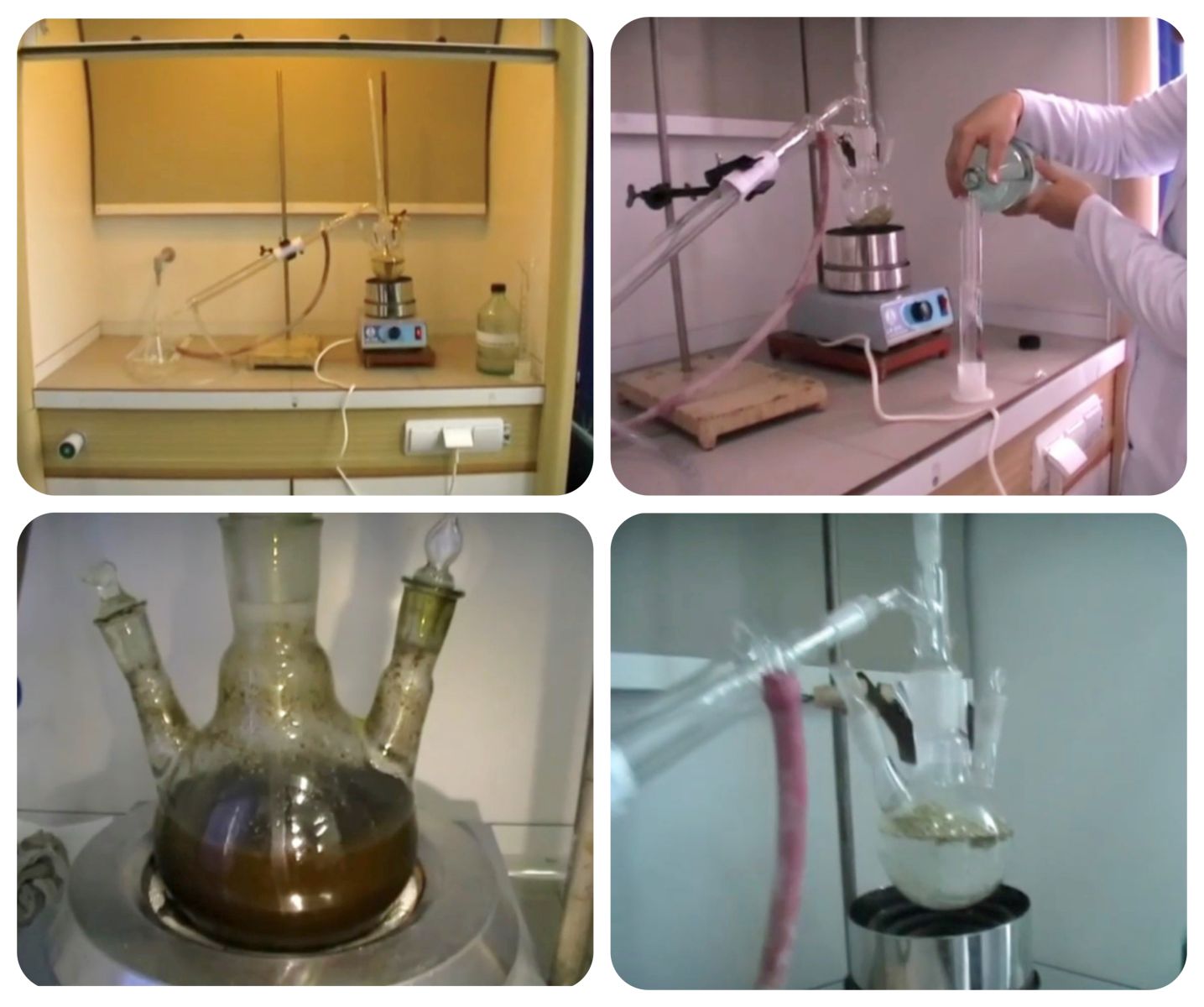
In order to summarize the lesson, test tasks were performed on the «Quizizz» platform for feedback from students.
Thus, during the laboratory lesson, it was possible to touch on all aspects of the topic under study, as well as each student managed to find answers to their questions.
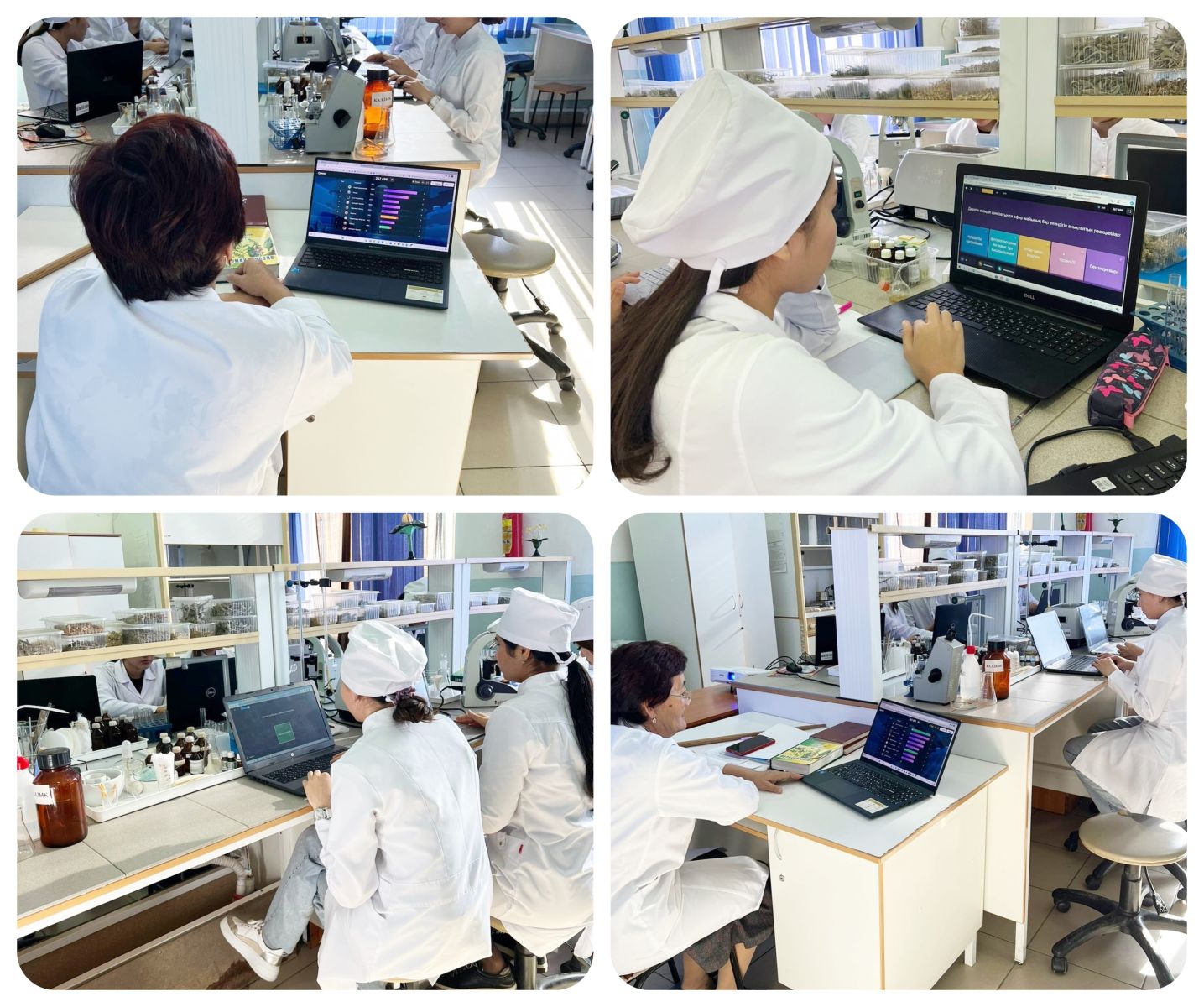
 651 views
651 views
